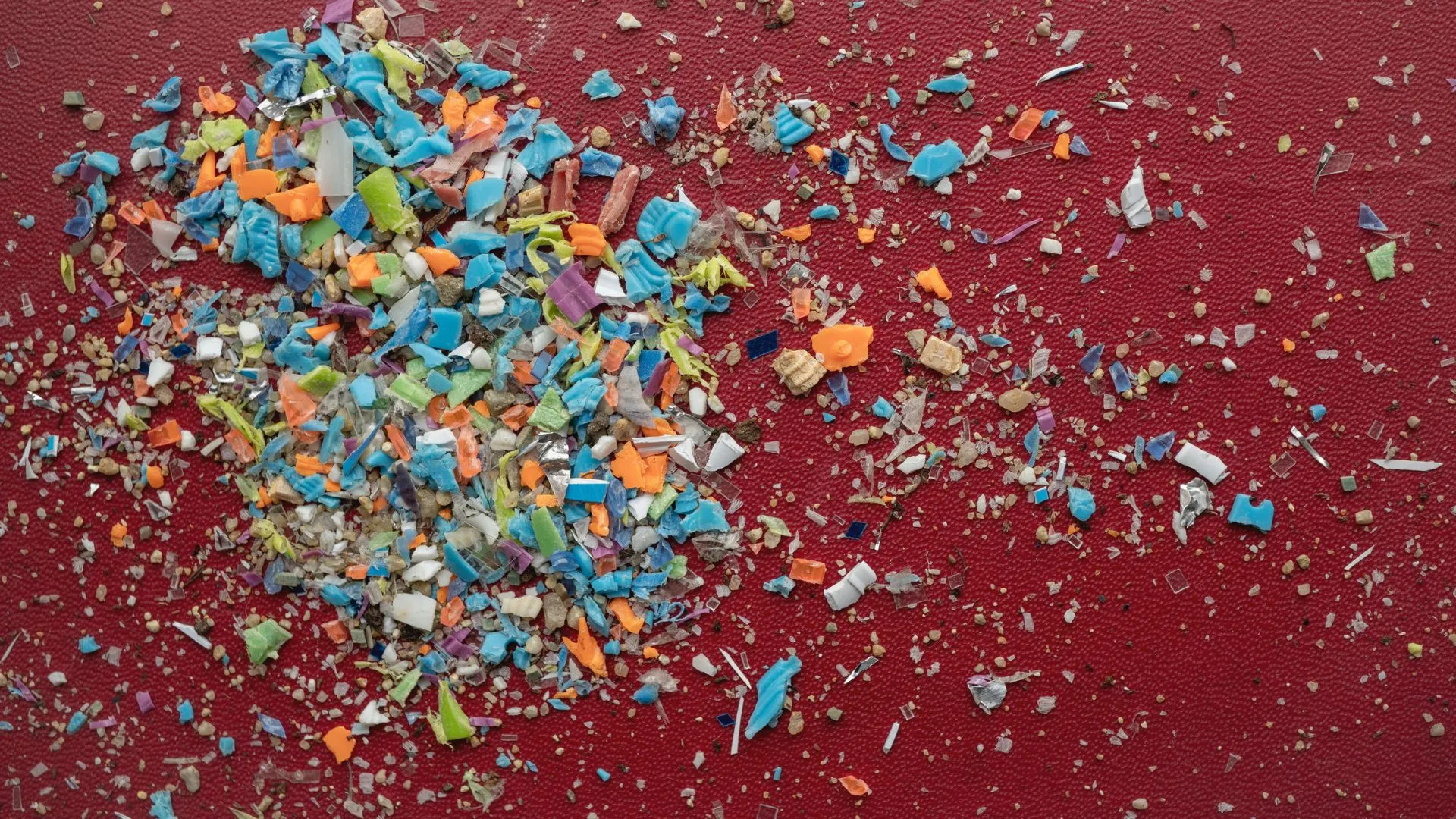
A new study has found that microplastics, the ubiquitous plastic particles smaller than 5mm, can alter the human gut microbiome.
The changes raise concern. The researchers noted alterations similar to those found in patients with serious conditions, such as depression and colorectal cancer.
New research led by the Center for Biomarker Research in Medicine (CBmed) in Austria was presented at the United European Gastroenterology Week 2025 on October 6.
The research offers a first direct examination of how various microplastics affect the human gut microbiome.
Microplastic influence
The pervasive nature of microplastics has created a major global health and environmental concern.
In recent years, microplastics have been found almost everywhere on Earth, including extreme locations like Mt. Everest and the Mariana Trench, and, alarmingly, inside the human body, such as in blood and the heart.
Studies suggest the typical human takes in 78,000 to 211,000 microplastic particles annually via drinking water, food items, and breathing.
How microplastics affect human health is a complex question that is still being widely studied. Hence, this new study offers insights into the human gut.
Researchers utilized ex vivo gut microbiome cultures derived from stool samples of five healthy volunteers.
The culture samples were exposed to five prevalent microplastic types: polystyrene, polypropylene, low-density polyethylene, poly(methyl methacrylate), and polyethylene terephthalate.
The experiment used a range of microplastic concentrations, from estimated human exposure levels to higher doses, to test for dose-dependent effects.
It was found that the total bacterial cell counts remained largely stable across all cultures. However, cultures exposed to microplastics exhibited a drop in pH (increased acidity) relative to the controls. This indicates a change in the bacteria’s metabolism.
Alterations in bacteria
Microplastics also caused specific changes in the bacterial composition.
Certain bacterial groups either proliferate or diminish depending on the specific plastic type introduced.
These changes affected several key families, including Lachnospiraceae, Oscillospiraceae, Enterobacteriaceae, and Ruminococcaceae.
The majority of these alterations occurred within the phylum Bacillota — a gut bacteria group known for digestion and overall gut health.
The bacterial shifts led to concurrent changes in the chemicals produced by the bacteria, some of which directly correlated with the observed drop in pH.
Specifically, different microplastics altered the levels of compounds like valeric acid, 5-aminopentanoic acid, lysine, or lactic acid.
It’s possible that microplastics contain chemicals that interfere directly with bacterial metabolic processes. This can cause bacteria to change their acid production as a stress response, unintentionally altering the gut’s pH and further affecting the overall microbiome balance.
“At this stage, the exact pathways remain unclear, but several plausible explanations are emerging. Microplastics may change microbial composition by creating physical or chemical environments that favour certain bacteria. For instance, biofilms can form on microplastic surfaces, providing new niches that some microbes colonise more rapidly,” said lead author Christian Pacher-Deutsch.